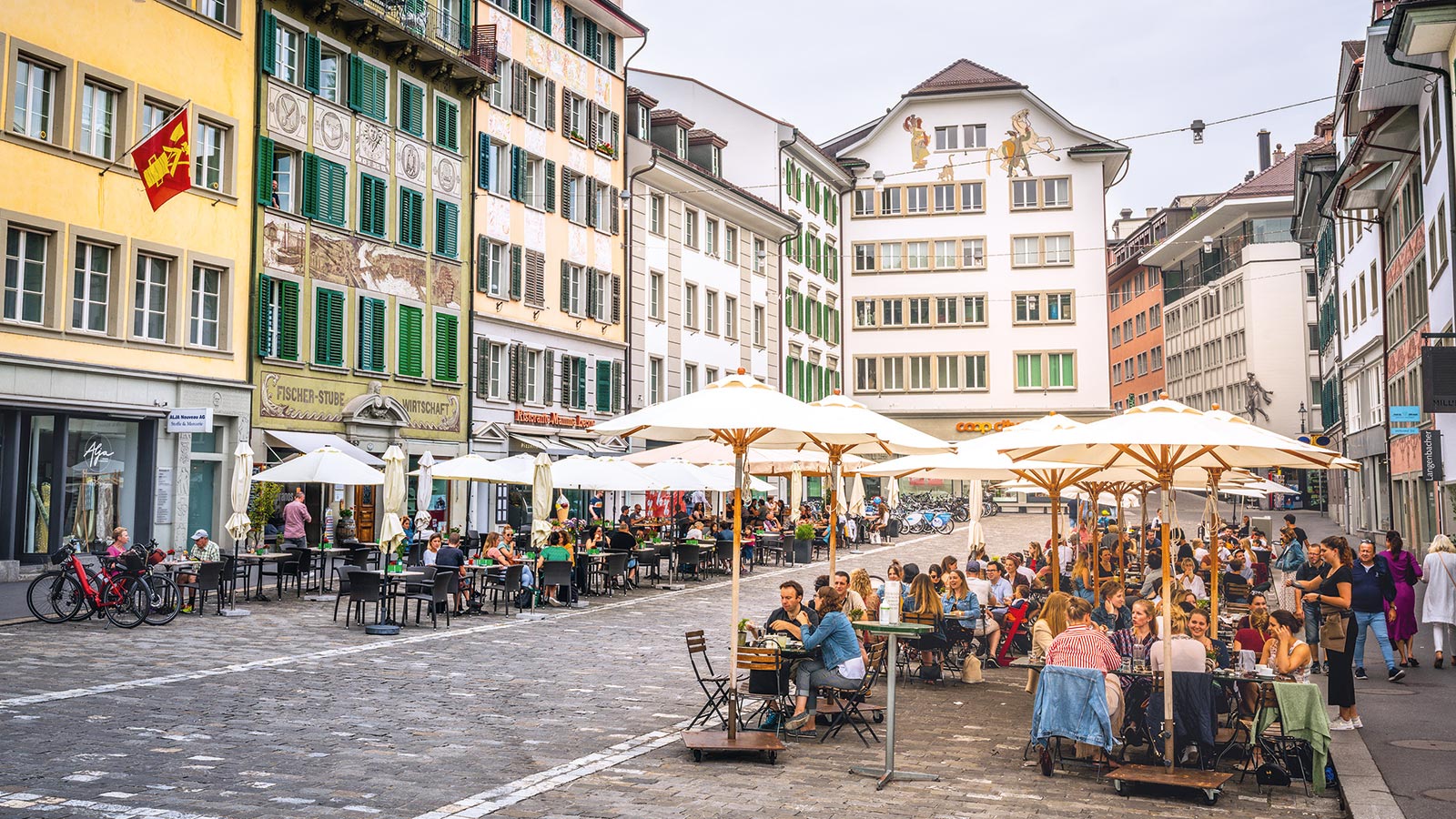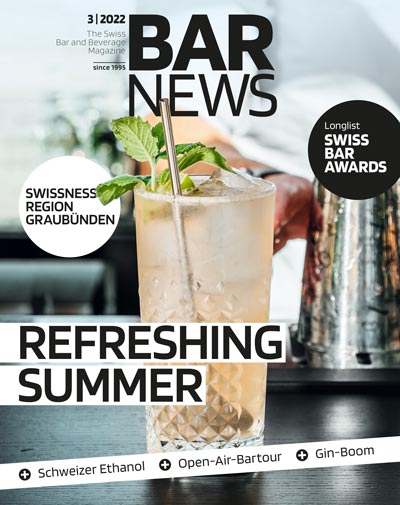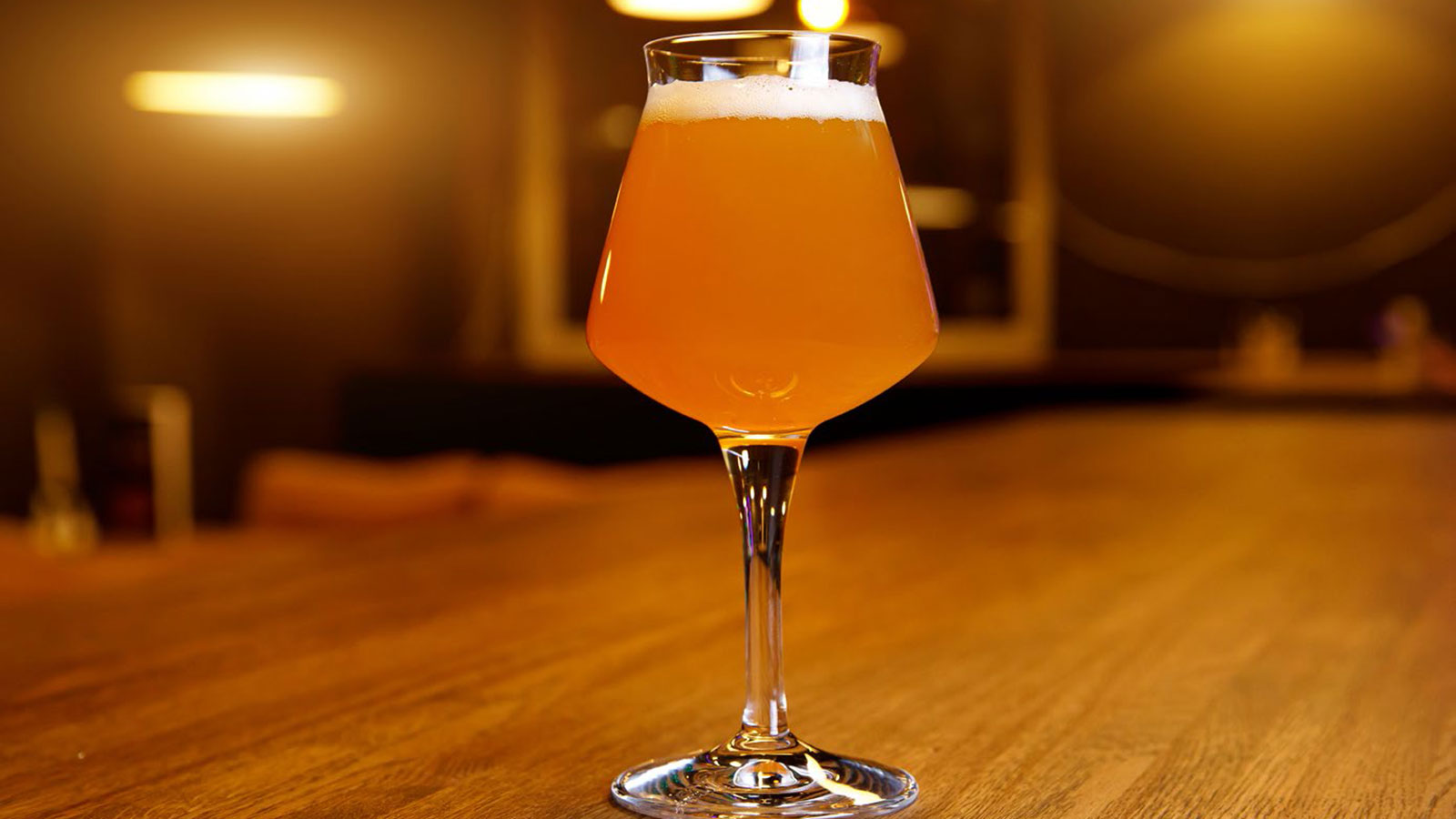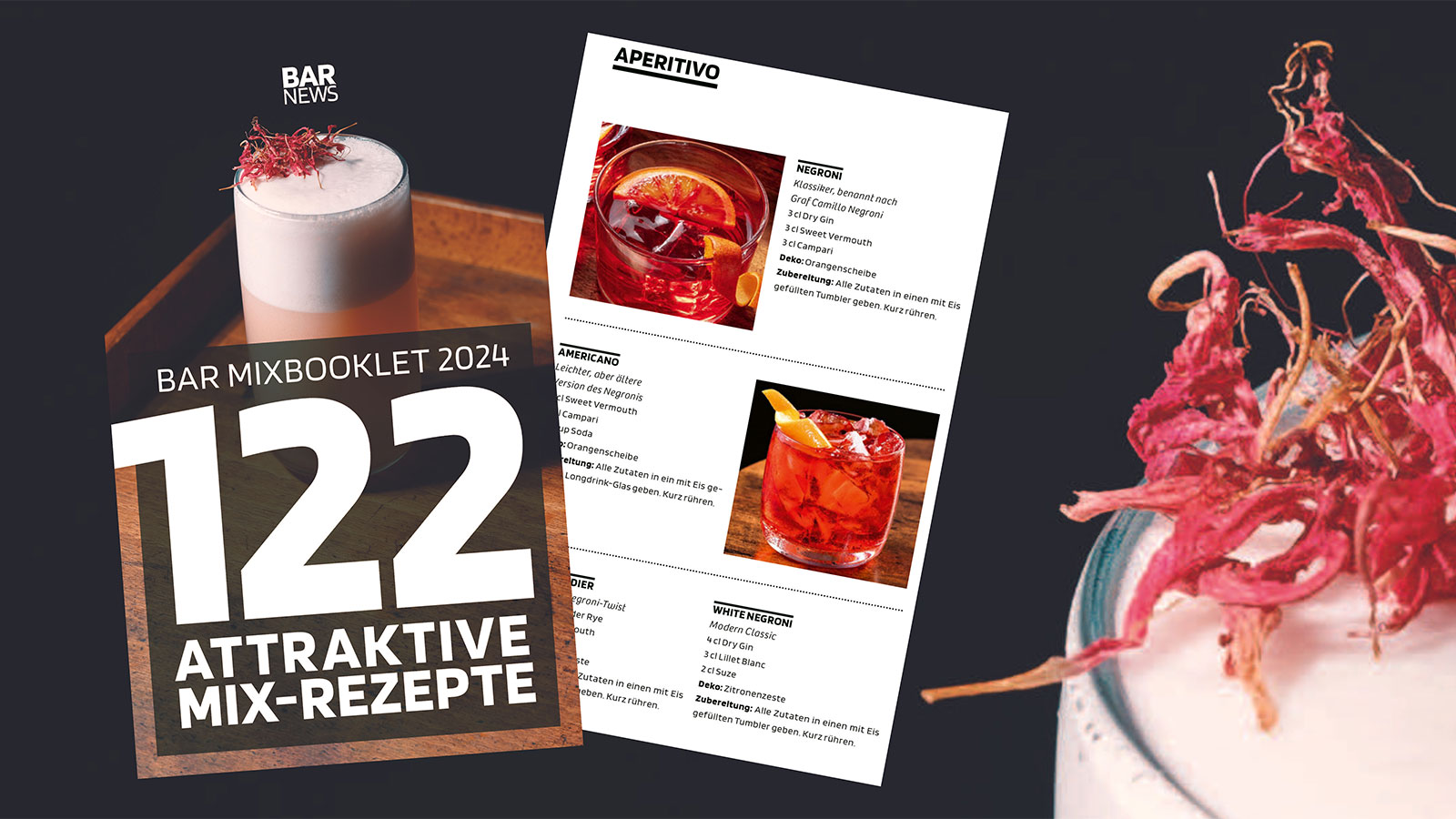When the terrace is full and the thermometer has long since passed the 30-degree mark, a so-called RTD is just the thing. Not as refreshment for the staff, who only rock the understaffed bar in pairs due to a shortage of skilled workers, but to relieve them.
Instead of wasting seven hand movements for a Hugo - not counting the polishing of the wine glass - a consciously composed bar menu is probably more important than ever this summer. This includes a smaller menu, pre-batching, larger containers (cue wine from bag-in-box or PET kegs), and the category of bottled cocktails and ready-to-drink (RTDs).
Just a little disclaimer here. Of course, there's nothing like a Sazerac, the self-creation of which can be observed in detail from the other side of the bar and is perfectly prepared by a fully tattooed bar icon. But the fun stops when the temperatures reach their summer highs.
"There seems to be little of the Hard Seltzer hype left in Switzerland."
Marlon Petermann, Branch Manager of Drinks of the World Zurich
Speed is the key word and if you do it right, the taste does not suffer. On the contrary. Thanks to a well-equipped bar, a compact bar menu and a good mise en place, the quality of drinks is a rock that can still withstand any storm on the coveted terrace seats.
An economic excursus
In economic theory, comparative advantage describes the fact that a person, a company or even a country produces those products that it can produce faster and cheaper compared to its competitors. As a result, these companies (or countries) become additionally specialized and trade activity increases.
Translated into the bar world, this means that the Barkeeper or bar that churns out hundreds of cocktails a week can do so more quickly and therefore more effectively and efficiently than a bar that doesn't specialize in cocktails, simply because of the routine.
But with diners today still expecting to be able to sip an O.K.-quality Negroni almost anywhere, or even choose from a selection of complex signature drinks, bars in the mountains, pop-up bars on rivers and lakes, and often restaurant chains with multiple locations must be able to offer mixed drinks of consistent quality in addition to urban cocktail bars.
But cocktails, spritzes, and highballs are more time-consuming to prepare than the bar or glass of wine. One solution: pre-batching. Ingredients that have no expiration date can easily be mixed together before rush hour for certain blockbusters.
The bottles with the ready-mixed cocktails are best kept in a cool place to reduce ice consumption, which is higher than usual in summer anyway because of the high temperatures. Well cooled cocktails with fresh ingredients (for example juices) can also be stored for several days.
If you want to save even more time, this summer you can rely on the buzzword Ready to Drink. This category is viewed with a certain amount of skepticism by many bartenders, but since the Corona pandemic, some cocktail bars have themselves turned to take-away or bottled cocktails in the meantime. Some of these products are still available today and could relieve some restaurateurs this summer.
How to continue with Hard Seltzer?
One category that courted a lot of attention last year was "Hard Seltzer". In addition to numerous major international corporations, several smaller Swiss companies have also been drawn into this adventure by the astronomical growth figures. For example, the market research company Nielsen recently predicted for the UK that the Hard Seltzer market is expected to grow to 600 million pounds sterling by 2025 - up from the current 10.4 million.
But obviously the wave has not spilled over from the Anglo-Saxon region to mainland Europe. This is also the view of Marlon Petermann, branch manager of Drinks of the World Zurich, which was one of the first retailers to include Hard Seltzer in its product range: "My forecast matched the expectation of a niche product without U.S. hype, because Swiss awareness and cultural differences with the U.S. are obviously audible."
He cites a trend-conscious clientele who don't like the taste of alcohol but still want to consume a low-carbohydrate beverage that contains alcohol, or simply for those who do.
"The boom has failed to materialize, but the great or innovative have been able to secure a modest place for now."
Marlon Petermann, Branch Manager of Drinks of the World Zurich
The so-called Hard Seltzer hype hardly seems to be felt in Switzerland anymore. Numerous brands, both from large corporations and small start-ups, have already disappeared from the market. And those that continue to play the light, low-calorie, and convenience cards with their hard seltzers seem to have drastically cut back on their marketing expenditures.
Expectations that, as in the U.S., RTDs would be able to wrest an ever-larger slice of the pie from beer have not been fulfilled on the European mainland. Nevertheless, Marlon Petermann is convinced that Hard Seltzer will be able to hold a firm place in the beverage industry.
The boom has failed to materialize, he said, "but the big or innovative have been able to secure a modest place for now."
Would it therefore be wrong to predict a premature death for the category? After all, there are still many Swiss people who have never tried Hard Seltzer . And to be honest, there weren't many opportunities to do so last year.
Most of the events that could have been interesting for Hard Seltzer brands did not take place due to Corona or fell through because of the bad weather. This is because hot temperatures are an important sales argument for the light alcoholic beverages.
So it may well be that this year the remaining Hard Seltzer brands could benefit from the high temperatures - and the now smaller competition.





